Technology is advancing at such a rapid pace that sometimes it’s difficult to know who is really a professional designer and who isn’t, or if a company is what they say they are.
So whether you’re looking for the perfect designer for your company, or if you’re a designer doing a background check on a prospective client, here are some ways to help you make an informed decision to work with a company or not.
1. Research. How long has the company been in business? If they have a current website, put their URL in Way Back Machine to see how far back in time they go. This website shows you when the domain name was first used and in some instances, allows you to see some if not all of a company’s past websites. How does this help you? Well you can see if they have had the same company name for the same type of service or see if it’s a repurposed name. It’s just great overall for checking the history of a company.
Other websites to do research with are GoDaddy.com, Alexa.com and Google. Use GoDaddy.com to see how long a client or designer has actually owned their domain name. Alexa.com is great to see how effective a company is in using their website to drive traffic to their business. And with Google, put the owner’s name and also check the company name and see what comes up. If you find something even the least bit negative, ask them about it. Knowing your client or designer is a great step in starting a new relationship.
2. Copy and paste. It’s very important for a client to see a designer’s portfolio. Unfortunately because of how easy it is to copy another designer’s work, there are many unscrupulous designers who show portfolio items that are not theirs. So as a client, be prepared to ask questions about specific project designs in a portfolio including how long ago something was designed, how long it took to create, how they came up with the design and if you can contact their client as a reference.
3. Money talks. Clients should expect to pay a deposit to a designer but never the full amount before a project is started. If a designer wants 100% up front, I suggest that the client walks away. On the other hand, if a client refuses to pay a minimum of a 25% deposit to a designer prior to starting a project, the designer shouldn’t do business with that client.
4. Copyrights and plagiarism. An experienced designer will always have a proper contract for projects and be able to explain copyrights to a client. Legal problems can be expensive for clients and their designers. So while no designer is a lawyer, it’s best to hire a designer who is well-versed in copyright and trademark issues.
5. Honesty is the best policy. Clients should ask questions about the design and print process. If a designer isn’t able to or doesn’t want to share this information, move on to a designer who will educate you. A good designer who educates a client in the process keeps themselves honest and is also able to keep a client. Clients who are already educated in some design and print can easily tell when a designer isn’t being honest. So designers need to remember this.
6. Not possible. If a designer tells a client that something can’t be done, that usually means the designer doesn’t know how to do it themselves. Designers should admit when they aren’t able to do something but always let the client know where they can find out how to get something done.
7. Costs an arm and a leg and also your banking info. When a client puts out a request for proposal (RFP) to find a designer, the client should never ask for the financial income information of a designer. Believe it or not, I’ve seen RFP’s asking for this personal information. It most likely means that the client already has someone in mind for the project so it’s simply a scare tactic to keep other designers at bay. Designers shouldn’t waste their time with these type of RFPs. Clients should also know that this hurts their ability to hire a legitimate designer by including an unethical request such as knowing finances. If it doesn’t pertain to the project, don’t include it.
8. Awards don’t mean results. Last but not least, awards are really cool, but great and effective design is not always about winning something. It’s about satisfying the client. So if you’re interviewing a designer and they only want to discuss how many awards they’ve won, request hard facts and information on how those award-winning designs benefitted their clients. Overall, clients should allow their designer to design and do what they’ve been hired to do. But designers need to communicate and listen to their client’s wants and needs as well.
Article By Christina Wilkinson



